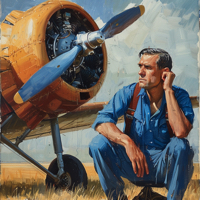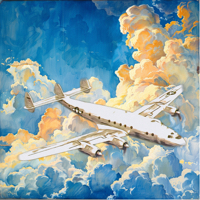 On the afternoon of October 7, 2014 a wildfire began at Dog Rock on the El Portal Road between the Yosemite National Park boundary and the Arch Rock Entrance Station. The Dog Rock Fire was first reported around 2:45, and swelled to approximately 130 acres. Fire crews and aircraft were dispatched to the scene and responded to the fire.
On the afternoon of October 7, 2014 a wildfire began at Dog Rock on the El Portal Road between the Yosemite National Park boundary and the Arch Rock Entrance Station. The Dog Rock Fire was first reported around 2:45, and swelled to approximately 130 acres. Fire crews and aircraft were dispatched to the scene and responded to the fire.
The FAA reported on October 8 that a CAL FIRE airtanker, Tanker 81, impacted rugged terrain after a wing tip strike on a tree while performing fire fighting duties.
CAL FIRE Chief Ken Pimlott and Yosemite Deputy Chief Deron Mills announced on the same day that the body of pilot Geoffrey “Craig” Hunt of San Jose – a DynCorp contractor who had been working for the state firefighting agency CAL FIRE for 13 years – had been located, and that the remains were escorted down the mountain by the firefighters who stayed with them at the crash site through the night.





 In 1953 a presidential call sign was established by the Eisenhower Administration. The call sign stemmed from for two aircraft – Eastern Airlines flight 8610 and Air Force 8610 – entering the same airspace and which could have resulted in a midair incident. The Air Force aircraft was, at the time, carrying President Dwight D. Eisenhower. The first flight of a presidential aircraft with the call sign Air Force One was in 1959.
In 1953 a presidential call sign was established by the Eisenhower Administration. The call sign stemmed from for two aircraft – Eastern Airlines flight 8610 and Air Force 8610 – entering the same airspace and which could have resulted in a midair incident. The Air Force aircraft was, at the time, carrying President Dwight D. Eisenhower. The first flight of a presidential aircraft with the call sign Air Force One was in 1959.